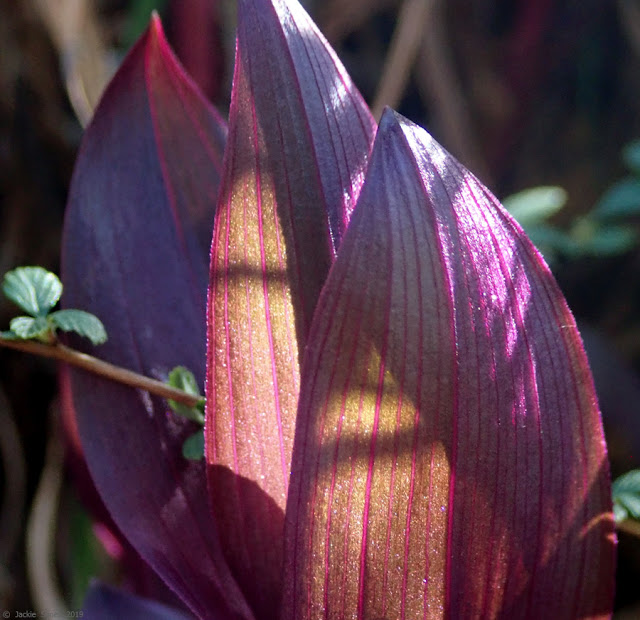After finishing our surveys this morning, we walked past a few boulders with large aggregations of Sand Castle Worms (Phragmatopoma californica). (For a sense of scale, the mounds were ~5 feet across.)
When we looked more closely, Eric noticed some Purple Ribbon Worms (Paranemertes peregrina) hunting among the worm tubes:
We could see the ribbon worms extending into the openings of the tubes (they're active predators), but we didn't know if the ribbon worms were interested in the Sand Castle Worms themselves or other animals that might be living among the tubes? We suspected the latter, but we weren't certain, so we kept watching for a few minutes:
And then we saw this:
This ribbon worm had just everted its proboscis in an attempt to capture the small polychaete worm that had emerged from a tube. (The smaller worm is not a Sand Castle Worm, but a different species that was justing hanging out in a tube.) The ribbon worm's proboscis is stored internally, but when contact is made with potential prey, it's everted dramatically and used like a lasso. There's a stylet (a short spine) at the tip of the proboscis. The ribbon worm can injure the prey with the stylet and also release a neurotoxin to paralyze it. After that it swallows the prey whole! In this case, the little worm evaded the lasso and escaped unharmed.
I'm glad we stopped to appreciate the Sand Castle Worm tubes. It was fascinating to watch these ribbon worms hunting!





















































